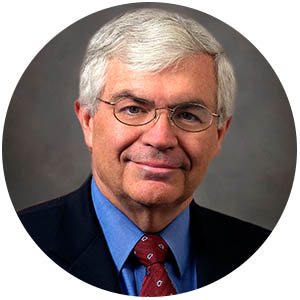More than a decade ago, the Fed tried to pump life into the faltering US economy. In 2008, the financial markets crashed. There is a connection.

Central banks actually drifted from their traditional method of using interest rates to target inflation before the global financial crisis struck in 2008. Ultimately, the change led to the era of quantitative easing.
The shift in policy? Abandoning the Taylor Rule, which was named after John Taylor, the former under secretary of the Treasury for the Office of International Affairs from 2001 to 2005. The rule says that for every 1% increase in inflation, a central bank must raise interest rates by more than a percentage point. Such an increase limits the supply of money, thus keeping a lid on price hikes. It also tends to keep many investors from chasing riskier instruments in a bid to outstrip inflation. The Fed used the principle to lift the US out of the economic doldrums of the 1970s and drive a recovery for more than two decades, says Taylor, now a professor of economics at Stanford University.
But coming out of the stock market crash of 2002, the Fed funds rate stayed at exactly 1% all year in 2003, even though the Consumer Price Index rose by 2.3%, according to the Bureau of Labor Statistics. In 2004, the FFR rose by only one percentage point, from 1.25% to 2.25%. The CPI rose by 2.7%. In 2005, the Fed Funds Rate rose less than two percentage points, from 2.50% to 4.25%, while prices climbed 3.4%. “In that particular period, from 2003 to 2005, there’s a very big gap between the interest rate that the Federal Reserve set and what a Taylor Rule would recommend,” says Taylor.
The rate disparity arose from and reflected the Fed’s attempt, under Alan Greenspan, to kick-start the US economy. But this effort sowed the seeds of the next crash. With interest rates tamped down, investors sought out better returns, many turning to subprime mortgagebacked bonds. Those securities imploded in 2008, triggering the global financial crisis. “The search for yield was a response to low interest rates. If you can only get 1% or a little more, you will look for something else, and it’s going to be higher-risk stuff,” says Taylor. “You don’t have to think of a policy rule to come to that conclusion.”


